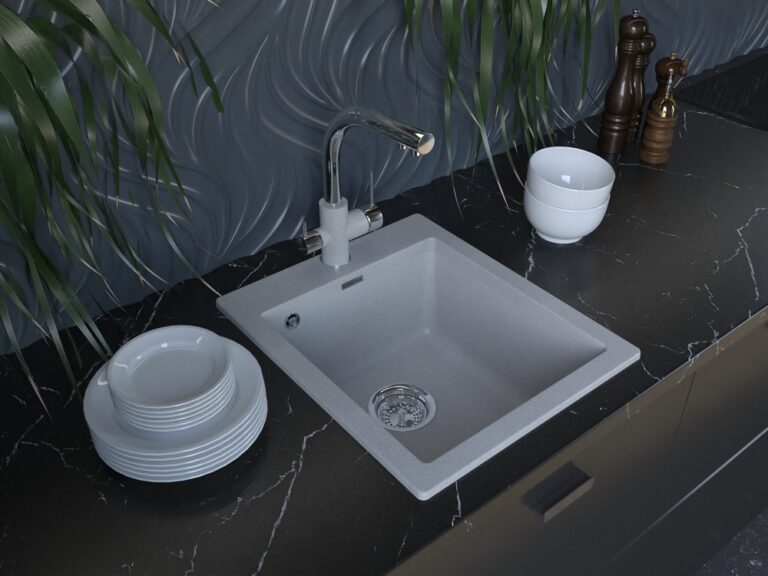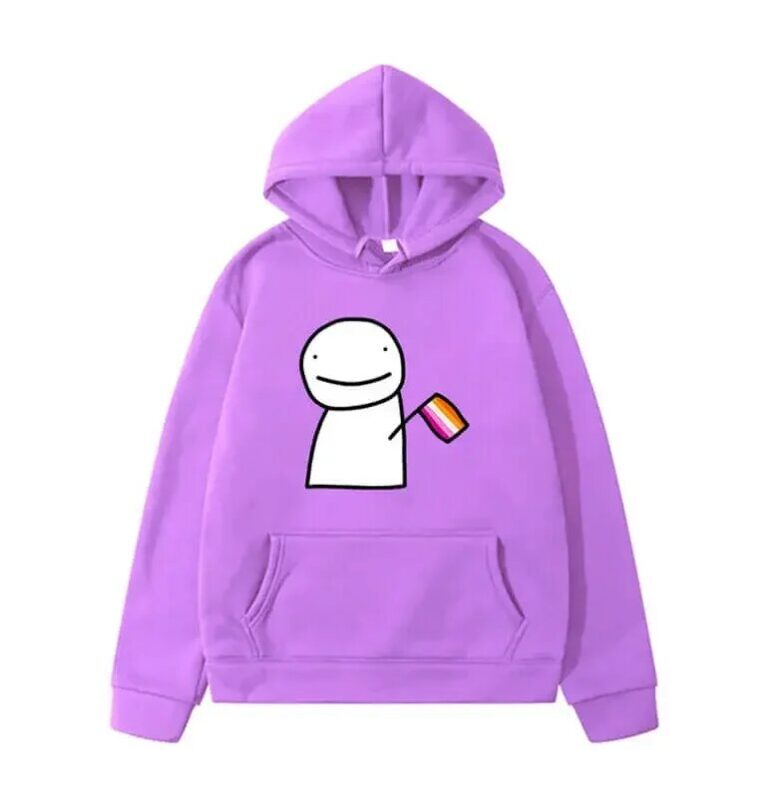
Quartz Elegance: The Latest Trend in Kitchen Benchtops!
Quartz is a stunning choice for kitchen surfaces. It’s also one of the most durable materials available and resists staining and color fading well. Though heat resistant, it’s best to use trivets or mats under hot pans and crock pots. Otherwise the polymers and resins in quartz can melt, leaving your counters discoloured.
Quartz Kitchen Benchtops
Quartz Kitchen Benchtops can add a modern touch to any kitchen, and they come in many different colors. Some have patterns that resemble natural stone, while others are designed to look like nothing else. The color and style you choose can complement your home’s decor, making it easy to find a countertop that suits your needs. Another benefit of quartz countertops is that they’re non-porous. This means that they resist stains much better than granite, marble, and concrete do. They also don’t need to be sealed, which saves you time and money.
Quartz counters are very durable and long-lasting, which makes them a smart investment for your home. They can also add value to your home if you ever decide to sell it.
Quartz countertops are more affordable than granite, but they’re still expensive compared to laminates and solid surface options. They’re also not as heat-resistant as granite or crushed glassed countertops, so they’ll need to be protected from hot pans. In addition, you can’t install them outdoors because direct sunlight can cause them to fade over time. Despite these drawbacks, quartz counters are a great choice for anyone who wants a luxurious look in their kitchen. They’re also a great option for people who want to avoid the maintenance that comes with other materials.
Types Of Kitchen Benchtops
According to the 2021 Houzz Kitchen Trends Study, quartz was the most popular countertop upgrade in kitchens. The engineered stone is nonporous, scratch-resistant, and doesn’t require regular sealing. It’s available in a wide range of colors and has a sleek, polished or honed finish. Engineered quartz can also be flecked, pebbled, embossed or studded with natural shell fragments for a more earthy look. A variety of edge styles are available, including demi-bullnose for a rounded, refined appearance or basic eased for a more streamlined look that’s suitable for larger spaces.
While many people think of quartz as countertops, it’s also slabbed for floors and backsplashes. The material is durable and less likely to be damaged by heat than natural stone, though it’s not recommended for use over radiant heat.
Like fiberboard, quartz is manufactured from recycled materials—90 percent of the stone-like ingredients come from waste byproducts from other quarrying or manufacturing processes. At Cambria’s factory, workers in a huge room wear respirators as they mix quartz with pigments and binders in giant mechanical mixers. “They’re clean as a whistle,” says Davis, who is proud of the company’s investments in air-handling systems to control silica dust. Unlike natural stone, which is a natural product, these reconstituted materials have an even more eco-friendly ethos.
Quartzite Benchtops
With its durability and visual appeal, quartzite is a popular choice for kitchen bench tops in Australia and New Zealand. It’s also available in many different shades and veining, so you can find one that matches your decorative theme. It’s resistant to heat, stains and UV rays, making it ideal for kitchens and bathrooms.
However, like all natural Quartzite Benchtops, it’s susceptible to scratches and staining if not cared for properly. To avoid damage, always use a chopping board when cutting foods and don’t use acidic cleaners on your countertop. Quartz tolerates cleaners in the middle of the pH scale but it’s best to avoid any that are high or low as they can dull its luster. Avoid pouring or spilling drain cleaners, oven cleaners, acetone (fingernail polish remover) and other products that contain bleach, solvents, trichlorethane or methylene chloride.
The resins that help make quartz durable can burn if it comes into contact with hot cookware directly, so use trivets or mats to protect the surface. It’s also a good idea to use a protective pad under appliances that emit heat such as hairdryers or straightening irons. In this kitchen by Mark Reilly Architecture, honed white engineered quartz counters create a sleek backdrop for the range and other stainless-steel fixtures.



